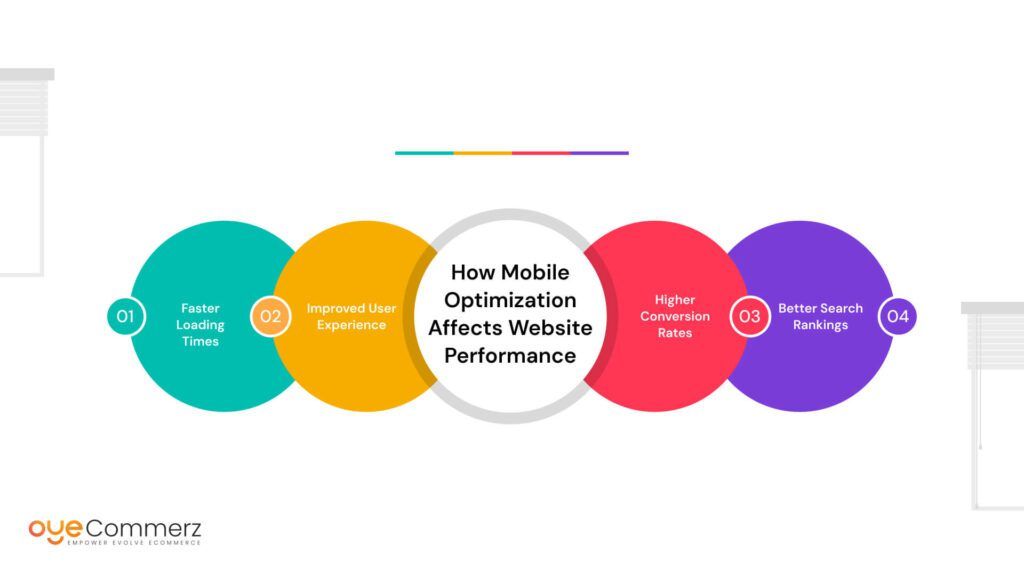In today's digital environment, choosing the appropriate e-commerce platform is crucial for enterprise success. If you are currently utilizing Wix but are considering a move to Shopify, you are in good company. Many companies are migrating to Shopify to leverage its robust capabilities, scalability, and specialized e-commerce tools. This article will walk you through the transition process, ensuring a smooth transition and preparing you for e-commerce success.
Why Switch from Wix to Shopify?
Before diving into the transition process, it's essential to recognize why Shopify could be a better choice for your e-commerce needs:
- Specialization: Unlike Wix, which serves various website types, Shopify is engineered specifically for e-commerce, offering advanced tools and functionalities tailored for digital commerce.
- Scalability: As your company expands, Shopify can easily handle increased traffic and transactions volume without sacrificing efficiency.
- Extensive App Library: Shopify provides a vast collection of apps that can boost your store's functionality, from advertising solutions to stock control solutions.
- SEO Capabilities: Shopify provides better SEO options, which can help improving your store’s presence on search engines.
- Payment Options: With multiple payment gateways supported, including Shopify Payments, you can provide shoppers a variety of options.
Preparing for Migration
To ensure a smooth migration from Wix to Shopify, adhere to these preparatory guidelines:
1. Save Your Information
Export all your information from Wix, including item information, customer information, and order history. This step is vital as it guarantees you have a backup of everything before starting the transfer.
2. Select a Pricing Option
Evaluate the various Shopify subscriptions offered and select one that aligns with your company’s requirements. Consider factors such as costs, built-in tools, and scalability options.
3. Set Up Your Shopify Account
Create your Shopify profile and familiarize yourself with the platform’s dashboard and features.
The Migration Process
Now that you are ready, it’s time to migrate your store from Wix to Shopify. Here’s how:
1. Import Products
Use Shopify's integrated import tool or third-party migration apps like Cart2Cart or LitExtension to transfer your items from Wix to Shopify.
Make sure that product descriptions, images, costs, and variants are correctly transferred.
2. Migrate Client Information
Import client details such Data security as names and contact info into your new Shopify store. This step is vital for maintaining client connections and advertising strategies.
3. Set Up Payment Gateways
Configure payment gateways in your Shopify store to guarantee smooth transactions. You can select from various platforms like debit methods, PayPal, and more.
4. Customize Your Store Design
Choose a theme that reflects your business image. Customize it using Shopify's design tools to create an attractive and user-friendly shopping experience.
5. Search Engine Optimization
Apply SEO best practices during the migration process:
- Configure 301 redirects from old Wix URLs to new Shopify URLs.
- Optimize product titles, details, and photos with relevant search terms.
- Modify meta tags SEO for Shopify store and alt texts for improved search engine visibility.
Post-Migration Steps
Once your store is active on Shopify, follow these post-migration steps:
1. Check Your Website
Perform thorough testing of your new store:
- Verify product pages for accuracy.
- Verify payment processes.
- Ensure all hyperlinks work correctly.
2. Promote Your Store
Broadcast your new store launch through newsletters and social platforms.
Consider running promotions or discounts to draw shoppers.
3. Track Your Progress
Leverage analytics tools within Shopify to track revenue growth and user activity.
Adjust your strategies based on performance analytics.
Conclusion
Migrating from Wix to Shopify can substantially enhance your e-commerce capabilities and set the stage for growth and achievement. By adhering to this guide and taking a systematic approach to the migration process, you can guarantee a seamless transition that reduces downtime and boosts opportunities for revenue. Embrace the change and watch your online business thrive on its new platform!
